The mysteries of the universe never cease to amaze us, and once again, the Hubble Space Telescope has delivered a breathtaking celestial image that captivates both astronomers and stargazers alike. In its latest release, Hubble captured a mesmerizing image of a dwarf galaxy swathed in what appear to be “cotton candy clouds,” revealing stunning details that shed new light on the structure and formation of galaxies in our universe.
What is a Dwarf Galaxy?
A dwarf galaxy is a small galaxy composed of up to several billion stars — a modest number compared to the hundreds of billions found in larger galaxies like the Milky Way. Despite their size, dwarf galaxies play a crucial role in understanding galactic evolution, serving as the building blocks of larger galaxies through collisions and mergers over billions of years.
The recently imaged galaxy, which has been nicknamed “Cotton Candy Galaxy” by the scientific community due to its soft, pastel-like appearance, is technically known as UGC 8201 (also referred to as DDO 165). Located approximately 15 million light-years away in the constellation Canes Venatici, this galaxy offers a rare glimpse into the early and ongoing processes of star formation.
The Power of Hubble’s Lens
Since its launch in 1990, the Hubble Space Telescope, a project by NASA and the European Space Agency (ESA), has transformed our view of the cosmos. Equipped with high-resolution cameras and spectrographs, Hubble is capable of capturing stunning images of far-off galaxies, nebulas, and cosmic phenomena with extraordinary clarity.
In the case of UGC 8201, Hubble used its Advanced Camera for Surveys (ACS) to image the galaxy in different wavelengths. The resulting composite shows the galaxy shimmering in blue and pink hues, resembling fluffy cotton candy against the backdrop of deep space. The blue regions signify clusters of young, hot stars, while pink areas highlight glowing clouds of ionized hydrogen — the birthplace of stars.
Star Formation and Structure
What makes this dwarf galaxy particularly intriguing is its ongoing star formation despite its relatively low mass and isolated location. Astronomers are keen to study such galaxies to understand how star formation can occur and persist in environments lacking the gravitational heft of larger galaxies.
UGC 8201 lacks a well-defined structure like the spiral arms found in galaxies such as the Milky Way. Instead, it has an irregular shape, scattered with clumps of bright blue stars and faint gas clouds. These irregular galaxies are often viewed as snapshots of early galactic evolution, representing what the earliest galaxies might have looked like after the Big Bang.
Why This Matters in Astronomy
Dwarf galaxies like UGC 8201 serve as key laboratories for astronomers. Because they are relatively simple and less chemically enriched, they allow researchers to study stellar evolution in a more pristine environment. The data collected from these galaxies can also inform simulations that trace the formation of the first stars and galaxies in the universe.
Moreover, studying these small galaxies helps us understand dark matter distribution. Dwarf galaxies are often dominated by dark matter, and by observing their rotation and mass distribution, astronomers can test models of dark matter behavior.
Public Engagement and Awe
Images like these do more than just advance science — they inspire wonder and curiosity about our place in the universe. Hubble’s image of this cotton candy-colored galaxy has been widely shared across platforms such as Instagram, Reddit, and YouTube, igniting conversations not only among scientists but also artists, educators, and everyday space enthusiasts.
For educators, this visual can serve as a captivating tool to introduce students to concepts like galactic morphology, stellar life cycles, and space exploration technologies. For influencers and content creators, it’s an opportunity to engage with audiences over the beauty and mystery of the cosmos.
Final Thoughts: The Continuing Legacy of Hubble
As Hubble approaches its fourth decade of service, it continues to deliver astonishing images and invaluable data. While the James Webb Space Telescope (JWST) now leads the next generation of space observation, Hubble remains a symbol of our enduring quest to explore the cosmos.
The image of UGC 8201 is more than just a beautiful photograph; it’s a reminder of how far humanity has come in our journey to understand the universe — and how much more there is still to discover. Like wisps of cotton candy spun in the silence of space, this galaxy tells a sweet and silent story of creation, endurance, and cosmic beauty.
Hubble captures a stunning image of dwarf galaxy UGC 8201, showcasing “cotton candy clouds” of star formation. Learn how this discovery helps us understand galactic evolution and dark matter.
SEO Keywords (Use in Sharing or Reposting):
Hubble Space Telescope, dwarf galaxy, UGC 8201, cotton candy galaxy, star formation, space discovery 2025, beautiful galaxy images, Hubble captures stunning galaxy, astronomy news, cosmic evolution



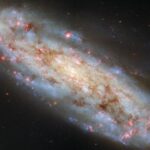
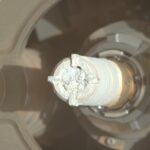
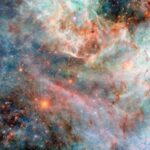
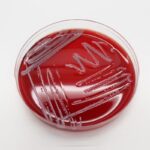

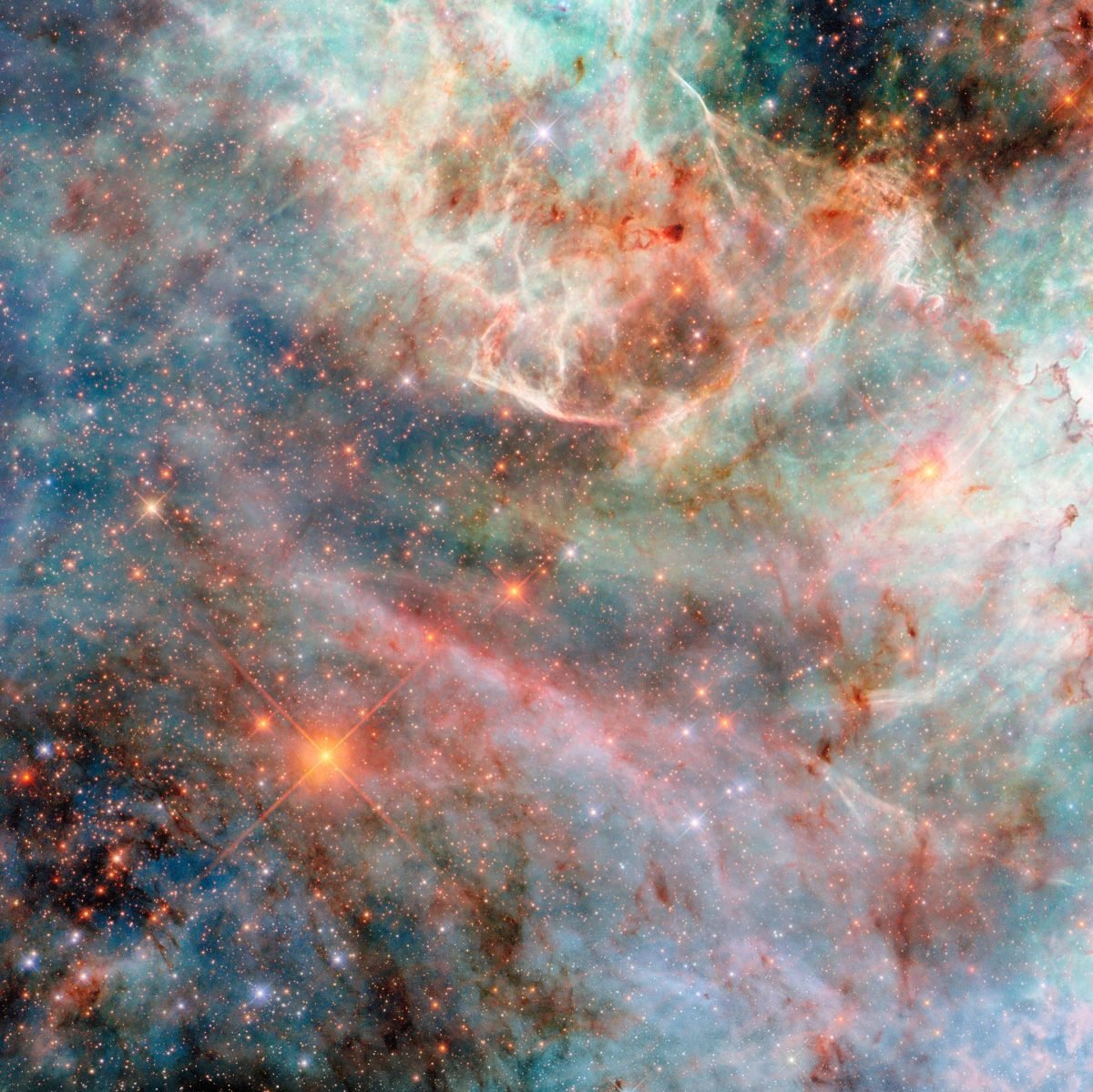

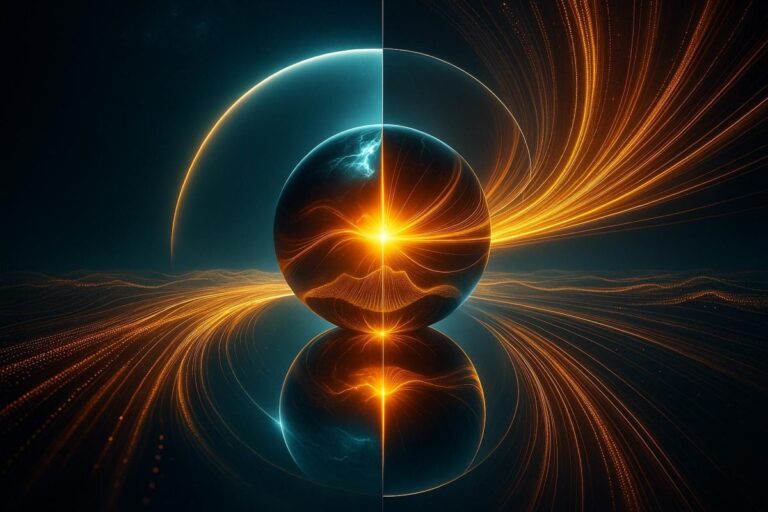
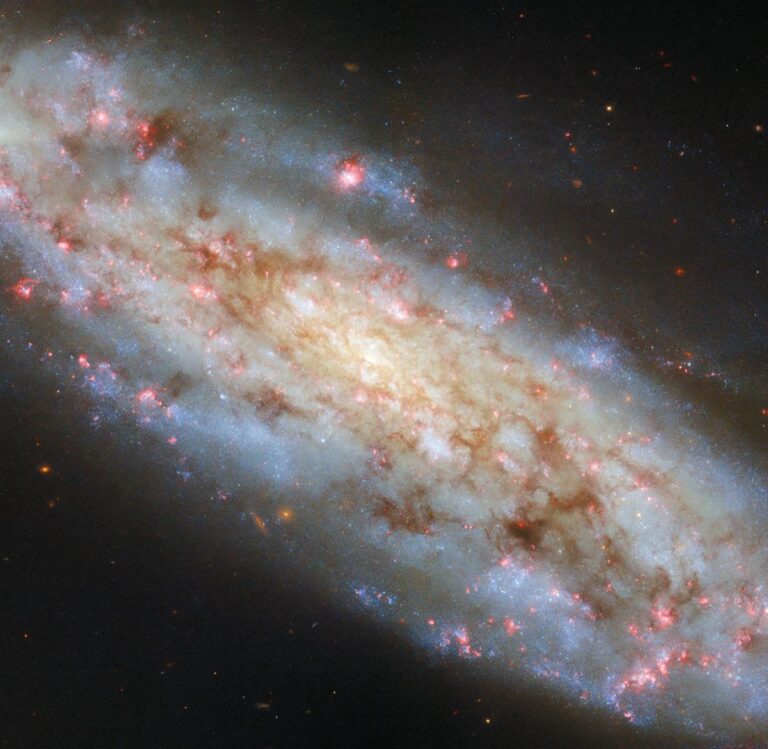
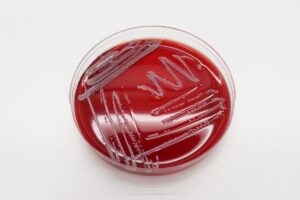
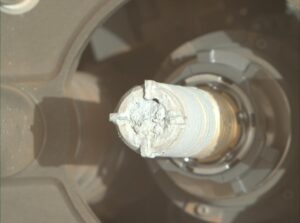
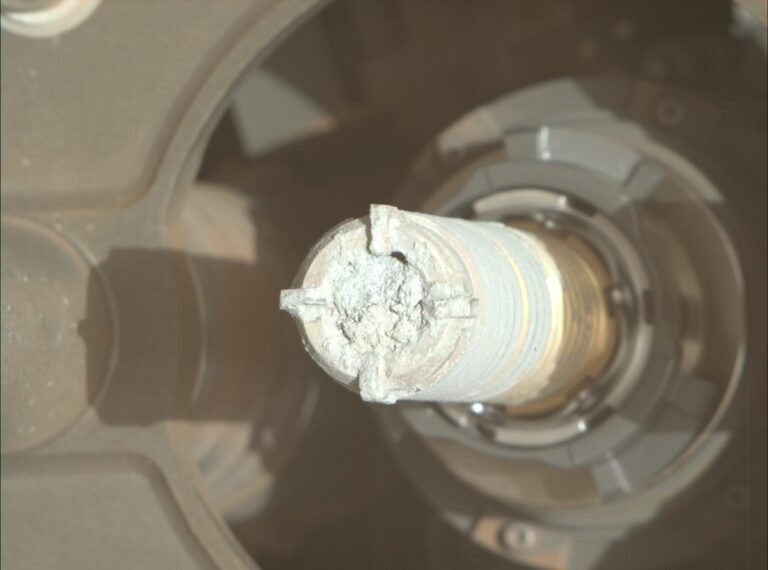
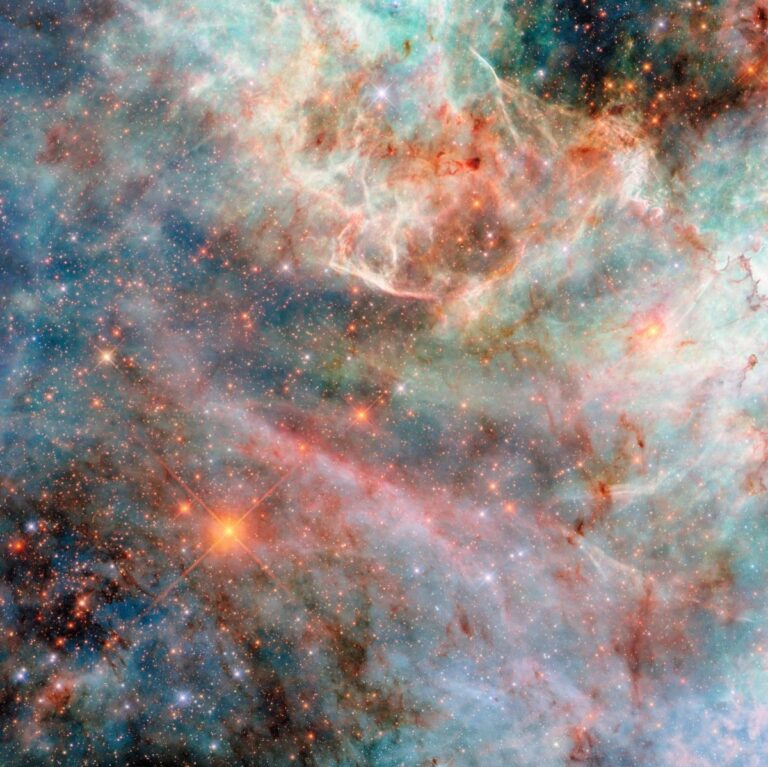
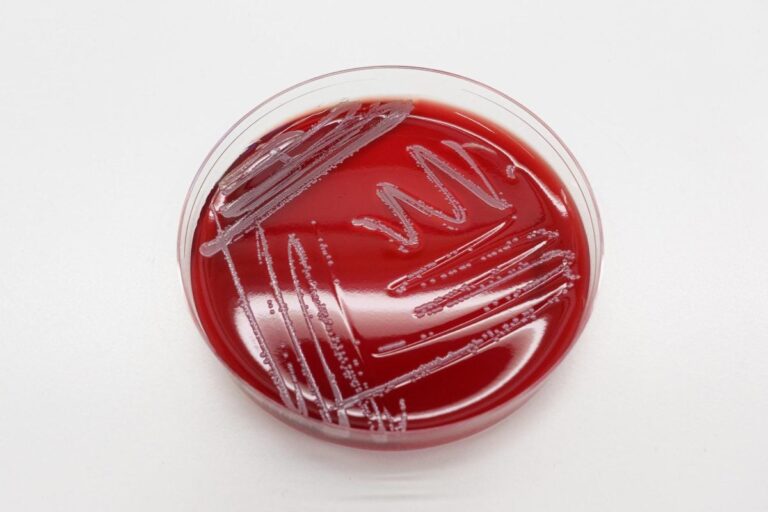
+ There are no comments
Add yours